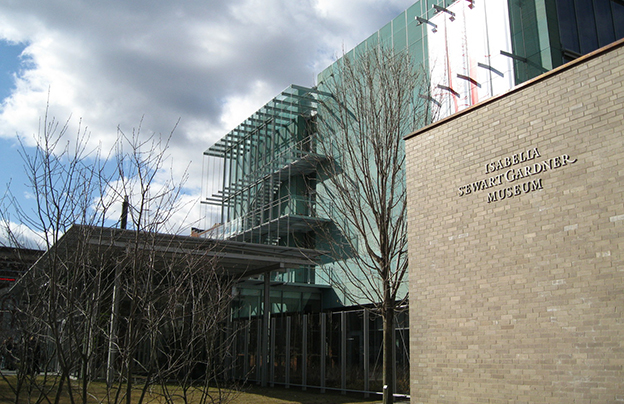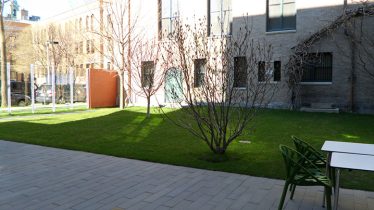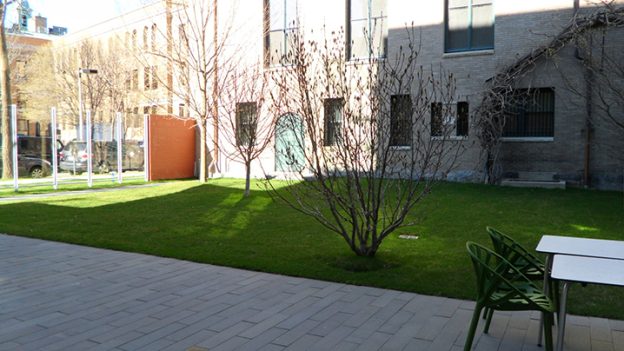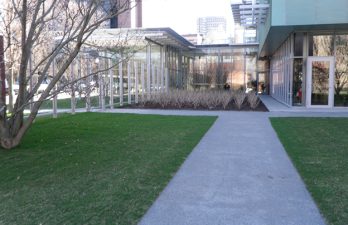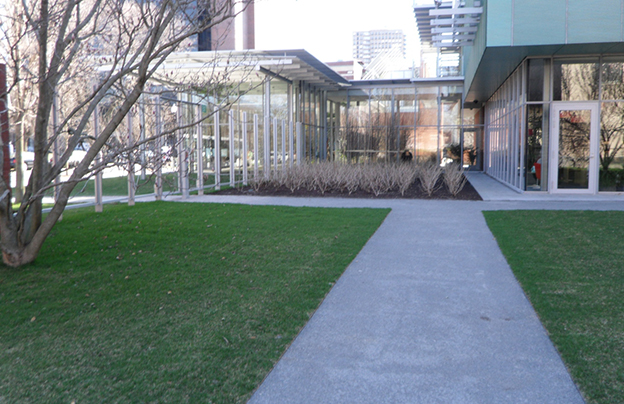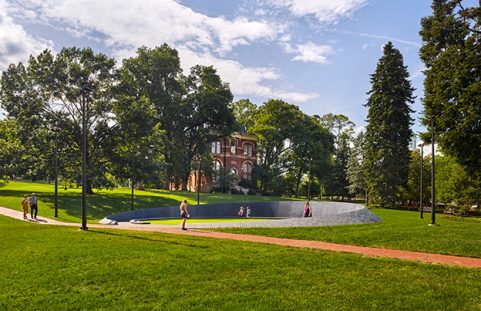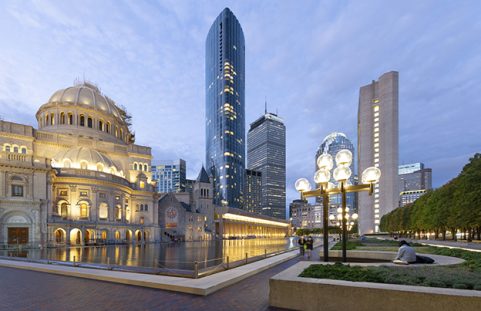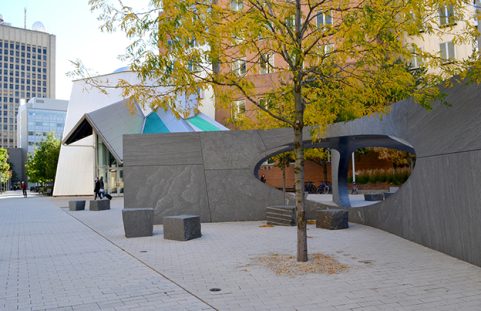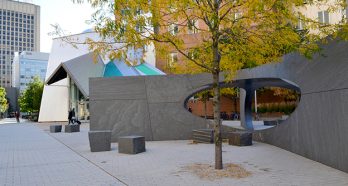Nitsch Engineering supported the renovation and 70,000-square-foot expansion to the Isabella Stewart Gardner Museum, which included a new 300-seat performance hall and a 2,000-square-foot naturally lit exhibit hall. A number of sustainable designs and techniques were incorporated into the project including daylight harvesting, rainwater recycling to irrigate the greenhouses, water-efficient landscaping techniques, and the use of materials sourced locally and regionally to minimize the carbon impact of transport. Eight geothermal wells, drilled to 1,500 feet along Evan’s Way in front of the Monk’s Garden wall and the greenhouse, are used to heat and cool the new wing.
One of the most challenging aspects of the project was complying with the City of Boston’s Groundwater Conservation Overlay District (GCOD) regulations, which required any new construction to return a certain percentage of stormwater to the ground either naturally or through engineered systems. To accomplish this, Nitsch designed a groundwater recharge system for the new wing that collects the rainwater from the roof surfaces and pipes it to a system consisting of 503 feet of 36-inch perforated pipe underneath the site.
Nitsch designed the site utilities, layout, and grading; and obtained permits for the project through Massachusetts Environmental Protection Agency, the Boston Planning and Development Agency, Boston Water and Sewer Commission, the Zoning Board of Appeals, and Groundwater Conservation Overlay District. We also provided assistance with LEED certification.
Key Collaborators
Owner: Isabella Stewart Gardner Museum
Architect: Renzo Piano Building Workshop
Landscape Architect: Stoss Landscape Urbanism
MEP Engineer: BuroHappold Engineering
Geotechnical Engineer: McPhail Associates
Geothermal Design: Allied Consulting Engineering Services, Inc.
Construction Manager: Shawmut Design and Construction


